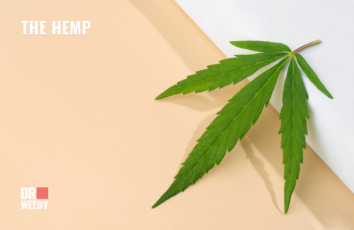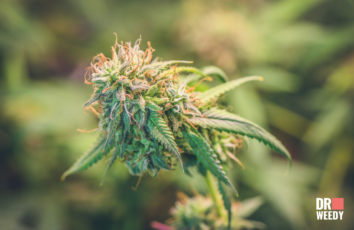What Is Hybrid Weed?
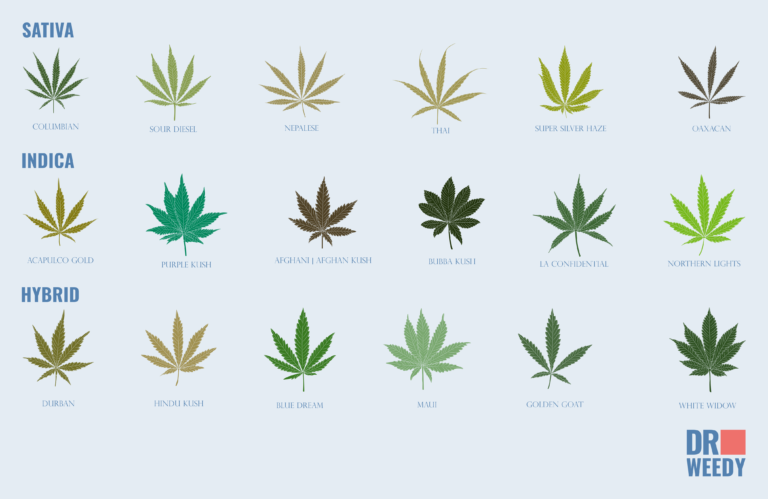
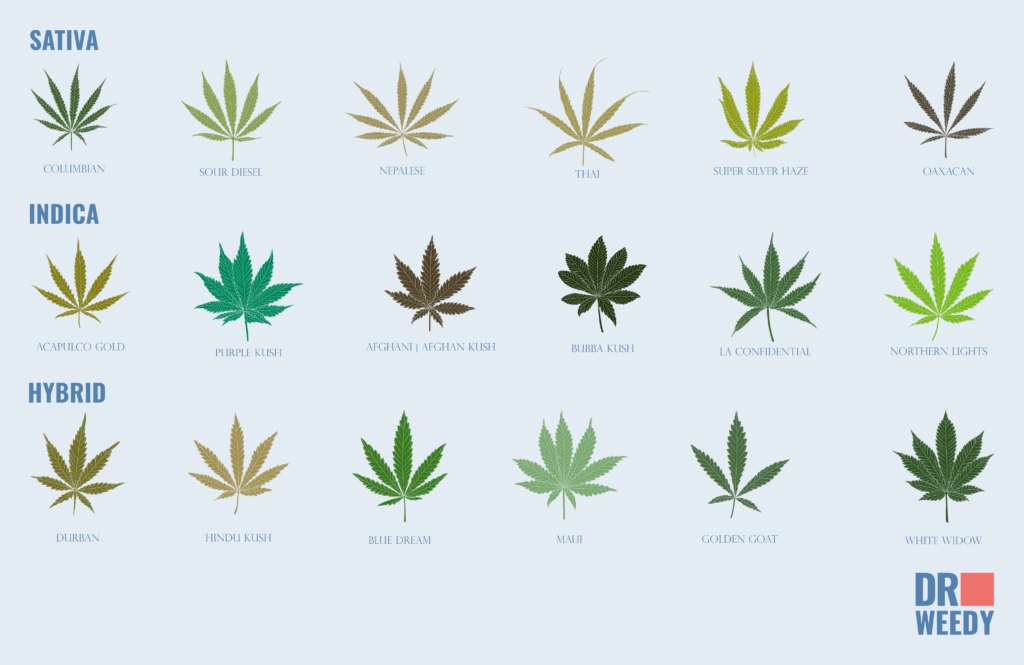
No matter which biological kingdom we look at, it is almost impossible to find a pure form of life, and cannabis is no exception. Take any individual plant, and it will almost certainly turn out to be a hybrid anyway. Moreover, weed farmers have even begun to experiment actively with numerous forms of artificially selected hybrid cannabis, and there are now dozens of hybrid products on the market.
On this page, we will explain what hybrid weed is, describe the most significant strains and its biochemical compounds, and provide some outstanding examples. We will also tell you what to expect from these hybrid strains so that you can decide which ones best meet your expectations and purposes.
Hybrid Weed: Definition
Technically, a biological hybrid is a genetic combination of two or more different species or breeds. In other words, hybrid weed is a plant produced from parents that belong to different “breeds” of cannabis. So far, so simple.
However, what farmers are mainly concerned with nowadays is a blend of various chemical compounds that have different psychoactive and medicinal properties, rather than different breeds per se. To clarify the matter, let us first present the most basic marijuana strains.
Three Strains of Weed
There have been discovered three major cannabis strains so far, and these strains were believed for a long time to produce distinct psycho-physiological effects. Let us take a brief look at each of them.
1. Sativa
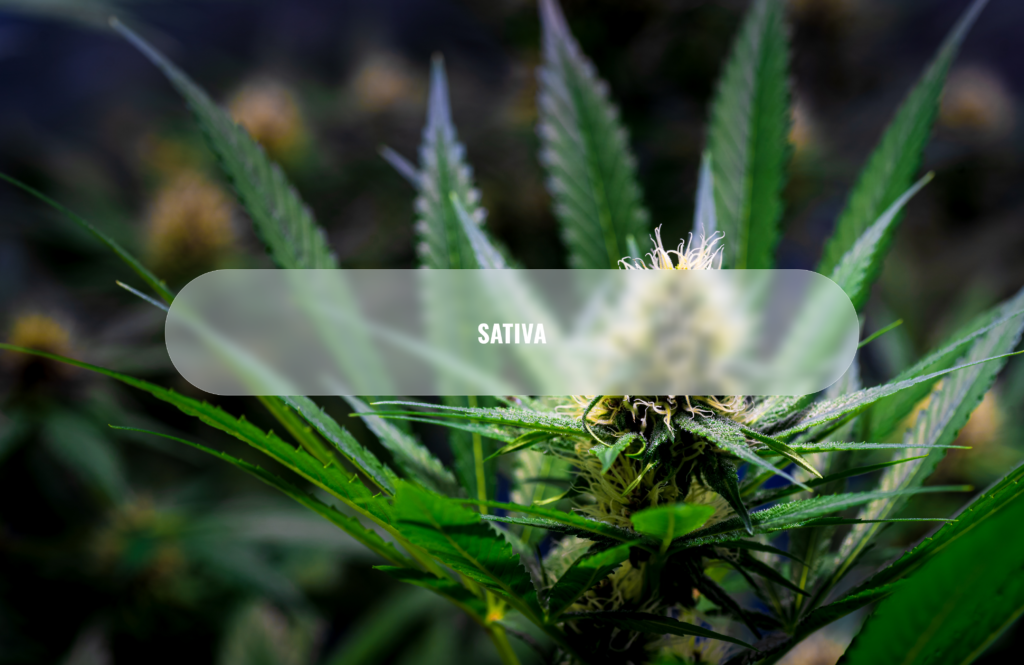
This strain grows very tall and narrow compared to its counterparts, and its leaves are typically more loose. Sativa buds have a pronounced sweet aroma, and they have the taste of soil when you smoke them. Because of the supposedly low concentration of THC in it, sativa-dominant species were believed to wake you up and feel high mentally, with virtually no trippy effects.
2. Indica
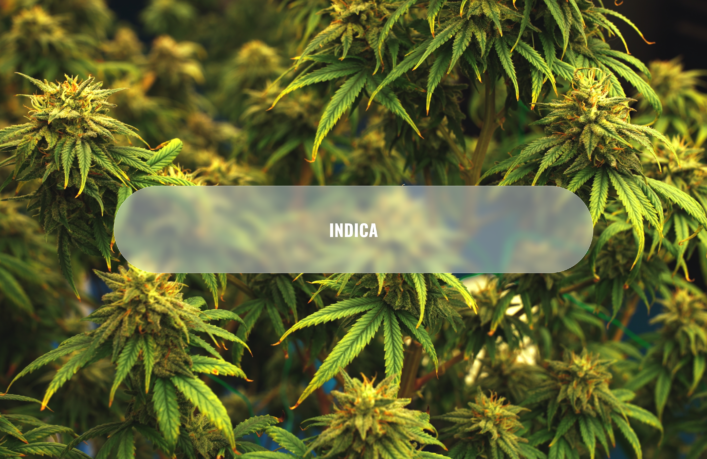
These plants are usually comparatively small and bushy, their buds have a pungent smell and taste sweet when smoked. The effect was supposed to be very psychedelic because of the assumption that indica-dominant species contain a lot more THC than CBD (of which we will say more in the following sections). For this reason, it was classified as a drug and treated accordingly.
3. Ruderalis
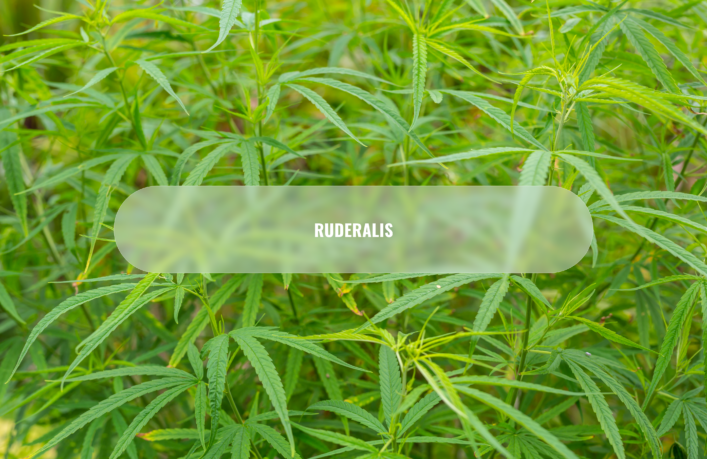
This is a relatively rare strain geographically, and you do not often find it on the market either. In fact, many biologists believe it to be merely a variation of sativa. Ruderalis is very short, while its leaves are large, thin and loose. Supposed to be very low on THC and high on CBD, it has been largely ignored on the recreational market, being used for its medicinal qualities instead.
Cross Strains
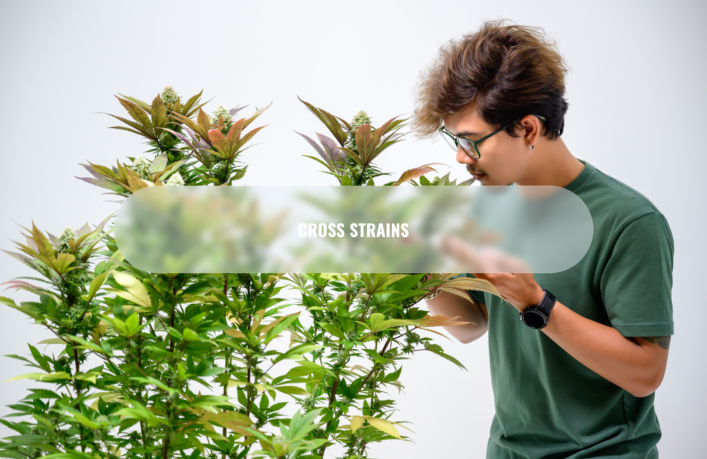
Some people appreciate the palliative properties of cannabis and care little for its recreational use; others seek the weed flower for its hallucinogenic and other mind-altering effects. Because of the false assumption that the three strains have different ratios of the major chemical components, farmers began to cross-breed hybrid species in order to produce different combinations of effects for different customers.
However, as it has turned out, there is simply no statistically or empirically valid correlation between the taxonomic position of a particular flower and its chemical composition. More specifically, only a lab test can determine the levels of THC, CBD and terpenes in it, and it is this ratio that has the main practical significance, after all.
Taking that into account, producers began to experiment with hybrid weed plants that have different ratios of the compounds in questions, ignoring whether the product is mainly sativa or indica. It is even becoming common to refer to low-THC species (0.3% at most) as hemp, using the term marijuana only if the level is higher than that.
Therefore, let us now see what these compounds are, and how they work.
Major Chemical Compounds
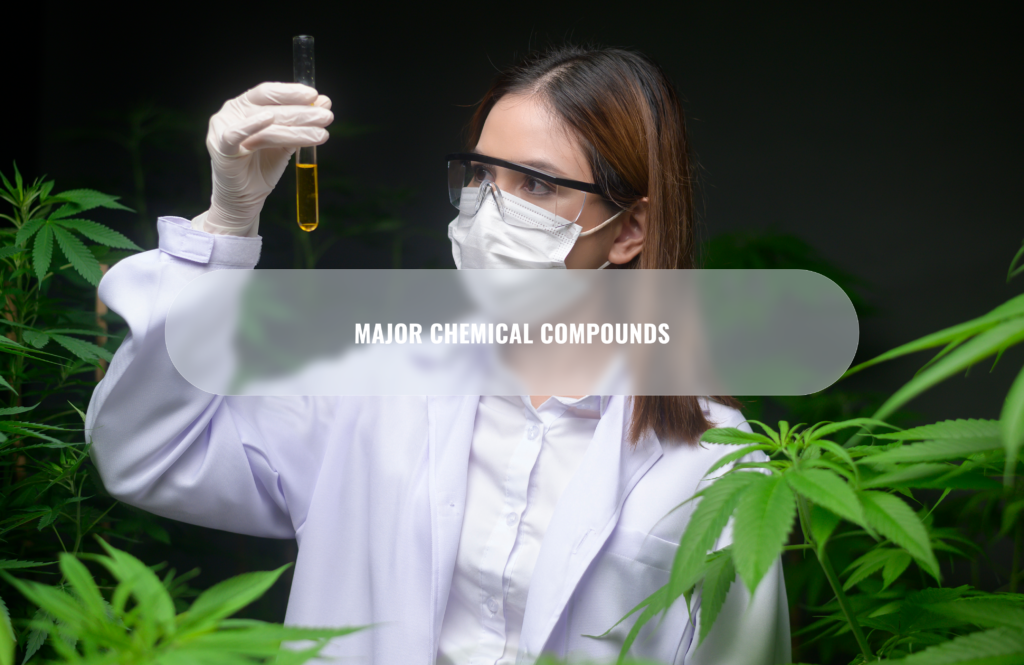
Basically, we are concerned here with cannabinoids and terpenes. The former are further subdivided into several significant groups, so let us discuss terpenes first.
Terpenes
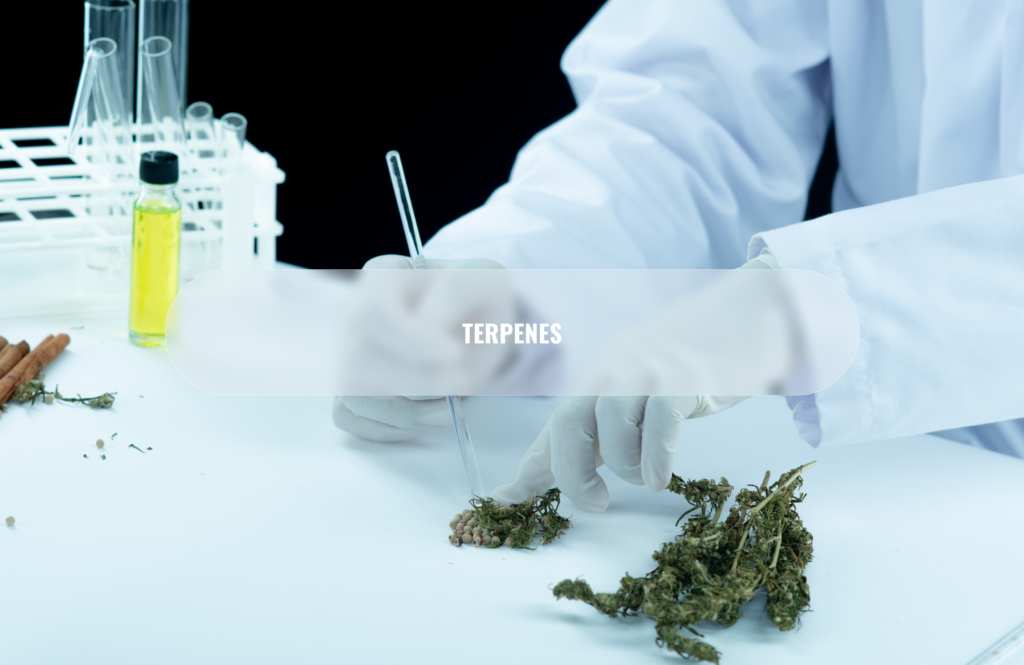
Very simply put, these compounds are responsible for producing the distinct aroma of a hybrid weed strain, and they have a soothing effect on the mind and especially the body as well. Some scientists maintain that a terpene has no mental effect at all, calming the mind via the body.
Terpene-rich cannabis flowers will not make you trip or feel high, but they are very good to use as oils and part of any relaxation aromatherapy. You can also use them in cooking to add flavor to the food. In addition, consuming them in any way, including smoking, has a powerful antidepressant effect.
Tetrahydrocannabinol
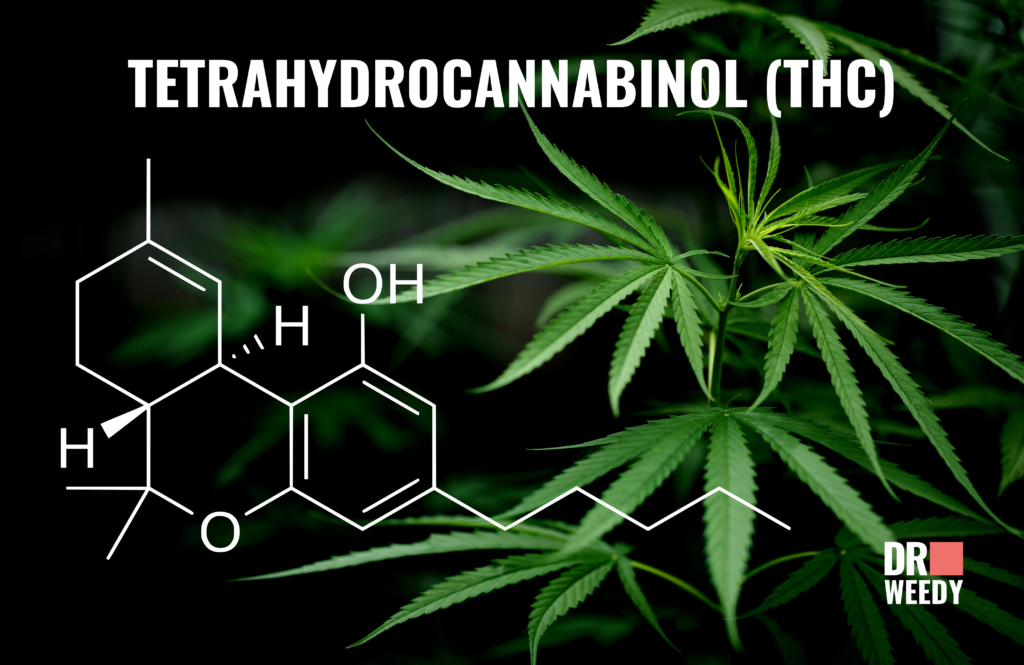
THC is a strongly psychoactive compound that is found in any cannabis by definition. High-THC hybrid strains make you “trip”. More specifically, they:
- Affect your coordination of movement and cognitive processes
- Make you feel relaxed and even heavy
- Intensify sensory input
- Distort your perception of time
On the negative side, they often make you feel dizzy, cause memory lapses, and can occasionally make you anxious and paranoid too.
Apart from that, THC has medicinal qualities too, and it is frequently used in the treatment of insomnia, anxiety disorders, and various neurological pains and spasms.
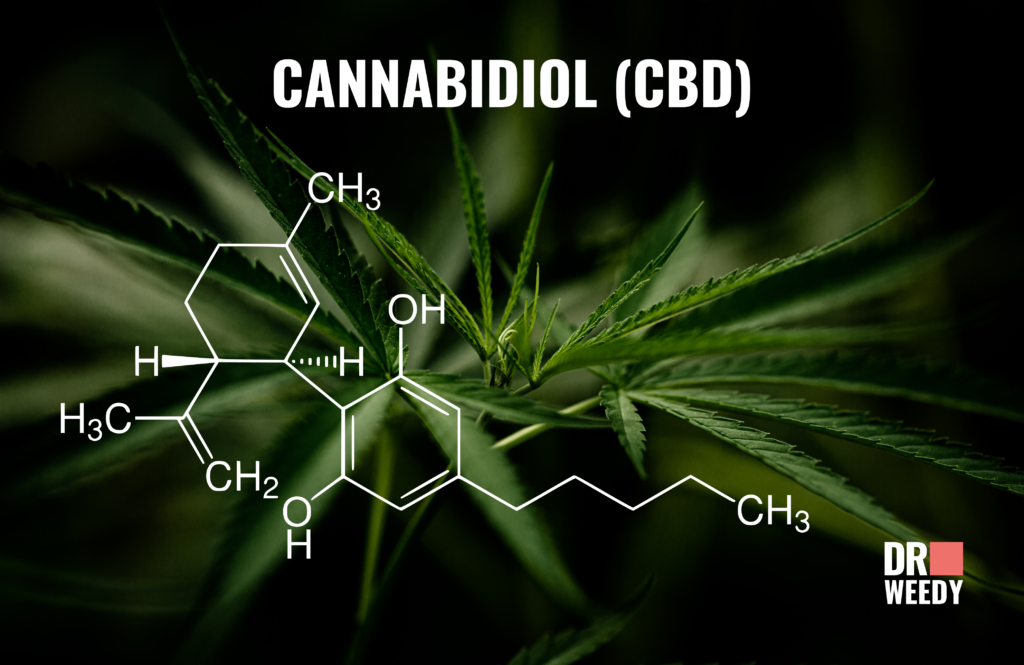
CBD, on the other hand, produces minimal psychedelic effects, making you feel sober yet energized and euphoric instead. This compound also possesses multiple palliative properties and is regularly used in all sorts of medical treatment, from depression and migraines to inflammations and neurological disorders.
Cannabinol
Typically found in old species, CBN is a derivative from THC, but it has a very weak psychoactive effect. Giving you all the benefits of CBD, it also makes you stoned at the same time, but only very little, which makes the CBN-rich hybrid weed ideal for many consumers.
Dronabinol

This compound is somewhat paradoxical in that it is basically a non-psychoactive THC. As such, it has definite advantages over tetrahydrocannabinol for many users: if you want to experience positive physiological and medical effects of THC without its psychedelic qualities, dronabinol-rich hybrid plants are an ideal solution.
This compound has been very effective in the treatment of:
- Various sleepand eating disorders
- Chronic pains
- Marijuana addiction
Famous Hybrid Weed Products
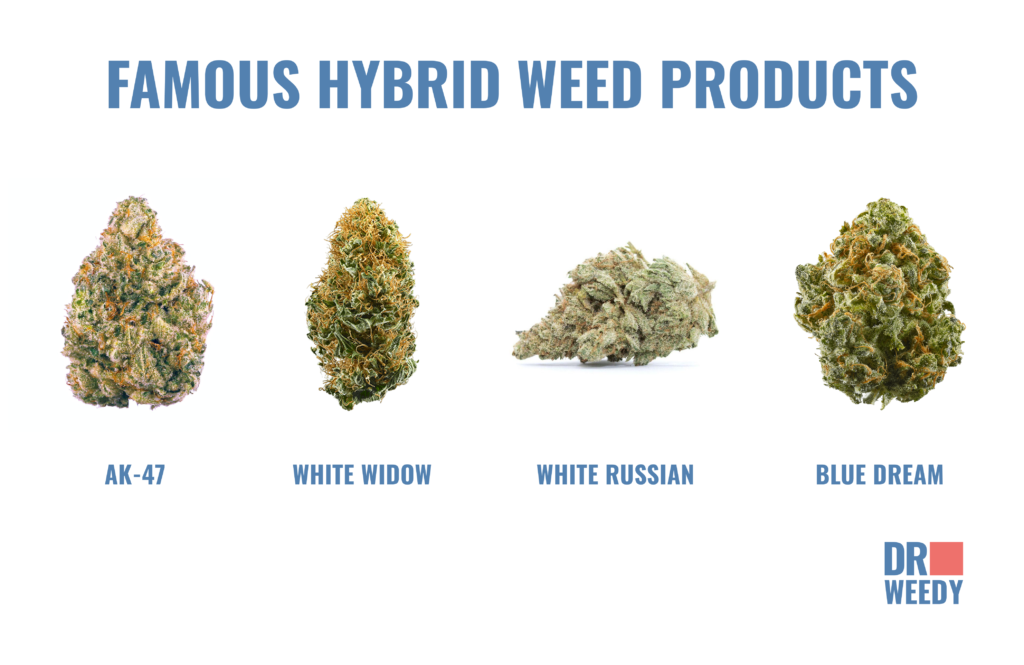
A virtually infinite variety of hybrid strains is currently available on the market, so you actually need to consult a professional to make sense of them all. The table below only shows just a few very popular examples to date:
|
AK-47 |
Extremely potent sativa-dominant THC-rich hybrid |
|
White Widow |
World-famous strain that boosts euphoria, sociability and creativity |
|
White Russian |
Delightfully fragrant and long-lasting hybrid of White Widow and AK-47 |
|
Blue Dream |
Aromatic hybrid strain to soothe your body and energize your mind |
Summary and Conclusion
Most cannabis products on the market are made of hybrid weed plants. And since the sativa/indica scale is largely irrelevant for all practical purposes, public interest has shifted to various combinations of chemical compounds instead. As a result, there is now a huge variety of products to suit all conceivable preferences and purposes, both medical and recreational alike.
How can you choose the ones that will best suit yours? The truth is, you cannot. The only reasonable solution is to find and consult a dealer who can. How producers and distributors determine the psycho-physiological qualities of each particular strain will be the subject of another article.
























